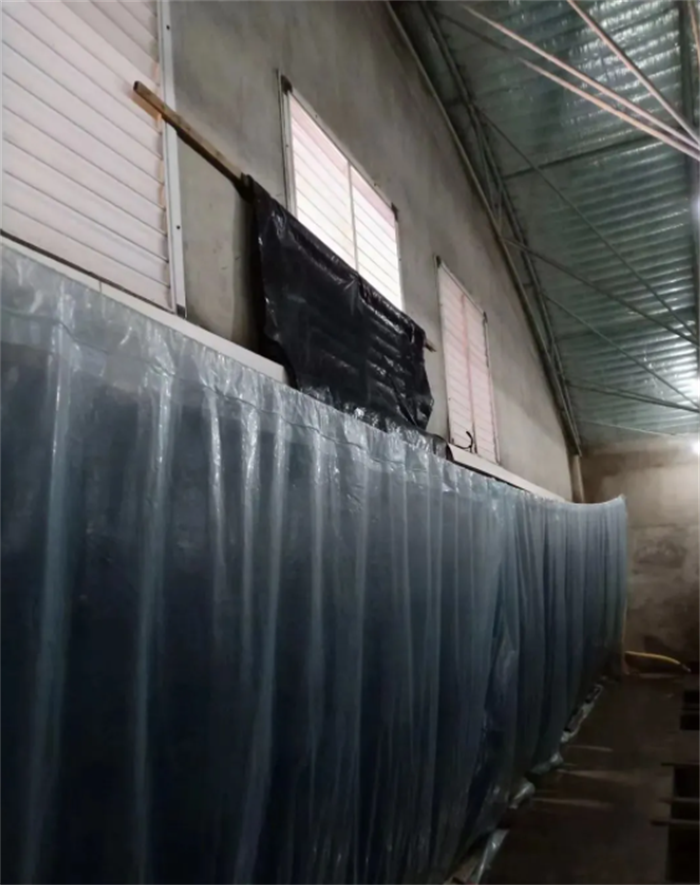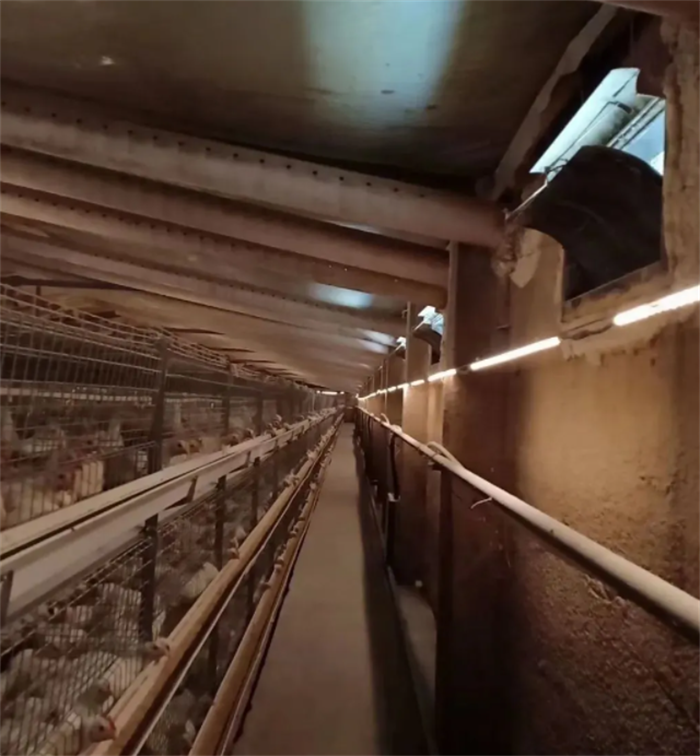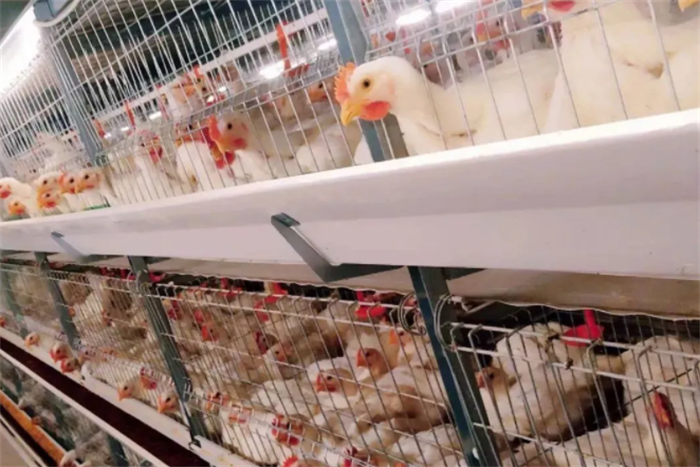1. Natural seasonal climate temperature difference
2. diurnal temperature variation
The temperature difference between day and night in the spring and autumn season is large, so it is necessary to constantly adjust the heating equipment and ventilation equipment to effectively reduce the temperature difference in the house. The most obvious four stages: 7:00 a.m. to 11:00 a.m., heating stage, ventilation should be steadily increased, avoid one step in order to prevent chickens from catching cold. PM 13:00 — 17:00, high temperature stage, pay attention to ventilation and cooling, ensure that the chicken group feel comfortable, and the house dust, dirty air and other discharge. From 18:00 to 23:00 in the evening, in the cooling stage, the ventilation volume should be gradually reduced, and the air quality in the house should be guaranteed at the same time. From 1:00 a.m. to 5:00 a.m. at low temperature stage, intermittent periodic ventilation is adopted to reduce ventilation on the basis of ensuring the air quality and oxygen content of the chicken coop and prevent the chickens from cold stress during this time period.
Breeding managers should adjust chicken house heating and chicken house cooling flexibly according to regional differences and seasonal differences.
3. Pick up chicken temperature difference
This refers to the temperature difference between the house temperature and the transport of the young chickens before they enter the house. The temperature of the cheeper is about 25 degrees Celsius. Before the chickens enter the house, it is recommended to raise the temperature to 35 degrees 4 hours in advance (6 hours on the ground), then slowly reduce to 27-30 degrees. After coming to the chicken, put the chicken flat on the net surface or the ground, remove the lid of the carton to prevent the chicken from getting hot, and wait for the chicken to be put into the cage and slowly heat up to 33-35 degrees.
4. Temperature difference between day age
Here involves the physiological characteristics of chickens, usually chicken afraid of cold, big chicken afraid of heat. 1-21 days of age chicks, body temperature regulation center is not sound, not up to the requirements of their own temperature regulation, coupled with this stage of small chicken skin thin, fat less, thin short feather coverage is low, poor insulation ability, poor ability to adapt to the environment, so this stage is very strict temperature requirements. Boiler heating and fan ventilation are needed to reasonably adjust the temperature of the chicken house to ensure the comfortable temperature of the group sense of the chicken. No matter spring, summer, autumn and winter, the four seasons should be like this.
After 35 days of age, due to full feather coverage and large body weight, chicken metabolism is vigorous and heat production is greater than heat dissipation. Therefore, at this stage, the chickens are most afraid of stuffy ventilation, and the chicken coop should be mainly ventilated, supplemented by heat preservation. At the same time, the air cooling coefficient of chickens of different days of age is different, the smaller the day of age, the larger the air cooling coefficient, and vice versa. Therefore, the target temperature and ventilation volume of the chicken house should be reasonably determined according to the body temperature at different ages.
5. Temperature difference between abdomen and back
Mainly refers to the cage chicken, clinical many temperature meters are hanging on the height of the chicken back, and the chicken is the most vulnerable, the most afraid of cold is the abdomen. Temperature meter and temperature probe, hanging height is different, measured chicken house temperature is different (the higher the hanging position, the higher the temperature). In autumn and winter the probe must be placed 5 cm below the mesh surface. Caged chickens should raise their chicks in the upper two layers and then move to the bottom layer after molting. Therefore, it is recommended that the temperature probe should be located 5 cm below the second layer. What should be emphasized here is the importance of the bottom temperature of the incubator cage.
Post time: Mar-07-2022



